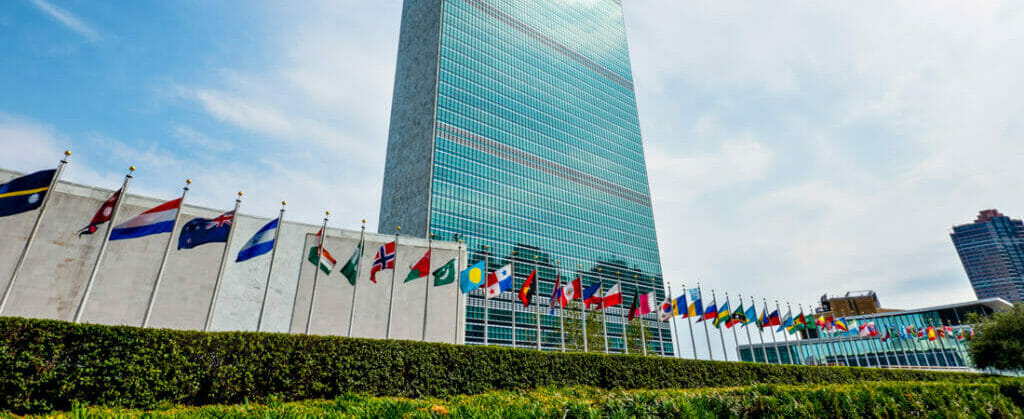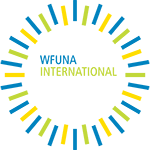Health is about much more than curing diseases. It is about creating the conditions for people to live with dignity and thrive throughout their lives. In the United Nations’ Sustainable Development Goals (SDGs), this is captured in SDG 3: Ensure healthy lives and promote well-being for all at all ages.
A major global challenge is that half the world’s population still does not have access to essential health services. Many people also face very high medical costs that push families into poverty. While progress has been made in fighting infectious diseases like HIV, malaria, and tuberculosis, there are still big gaps in areas like maternal and child health, mental health, and non-communicable diseases (such as diabetes, heart disease, and cancer). The COVID-19 pandemic made these gaps even worse and showed how unequal access to health care remains.
A key approach is Universal Health Coverage (UHC), which means that everyone should have access to the care they need—prevention, treatment, and long-term support—without suffering financial hardship. UHC depends on a strong primary health-care system which brings services close to communities and emphasizes fairness and continuity. Given that much of the world’s population still lacks access to health facilities for basic services, the success of this approach requires primary health care to be expanded at community and household levels.
Access to medicines and treatments is also a huge issue. Some successes have been achieved—for example, prices for HIV and malaria treatments dropped due to international cooperation. But medicines for other diseases, especially non-communicable ones, are still too expensive in many countries. Policies like improving supply chains, joint purchasing across countries, and supporting local production are also being explored.
Money is a major barrier. In 2019, more than 344 million people living in extreme poverty faced health costs that could push them deeper into poverty. Some solutions include reducing out-of-pocket payments, protecting the poorest with government-financed programs, and exploring international debt relief or innovative financing tools to help low-income countries invest in health.
An important lesson from COVID-19 is that health systems must be prepared and resilient. Emergency preparedness cannot be separate from routine health services. Integration can save lives and resources. For example, while billions are needed each year to prepare for pandemics, investing in stronger everyday health systems is one of the best ways to also be ready for crises.
Recent emergencies, such as the COVID-19 pandemic, have underscored the critical importance of integrating emergency preparedness and routine health services to build more resilient and effective health systems. Lessons learned emphasize that preparedness should be a fundamental part of daily healthcare operations in order to maintain essential services and prevent interruptions to routine health services, such as immunizations and chronic disease management, during emergencies so that routine health issues do not escalate into public health crises during a disaster. Integrated planning encourages health systems to store supplies and medicines that would be needed during public health emergencies and develop staffing strategies to maintain core operations when faced with sudden surges in demand.
Health does not exist in isolation. Clean water, safe housing, good nutrition, education, and decent work all shape people’s well-being. That’s why progress requires governments to coordinate across sectors—health, education, environment, and social protection—so that people’s needs are addressed in a holistic way.
This topic is about understanding how health systems and social conditions affect populations at every stage of life. The key questions are:
How can countries expand universal health coverage fairly and sustainably?
How can international cooperation make medicines, vaccines, and health technologies more accessible?
How can health systems be made more resilient to pandemics, climate change, and other crises?
How can policies in areas like education, food, and housing better support health and well-being across the life course?


